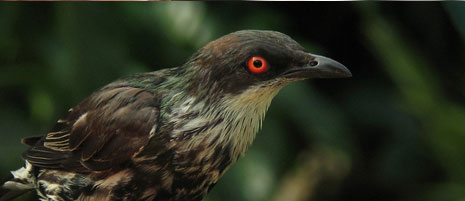Bird Photography
Since birds have fairly erratic behavior patterns, the bird photographer needs to be flexible, patient, and versatile in their style of shooting and equipment use. Also, there are many different species of birds, of all sizes, living in all habitats, and no one style is good for all birds.
If a photographer is looking to capture a bird in flight, they will need to use at least a 400mm telephoto lens. The lens allows the photographer to capture a larger image size, and lets the photographer keep the camera in hand. If the bird photographer opts for a digital camera, it should probably have a separate zoom lens attachment, as the standard zoom, even on professional quality digital cameras, is not going to be enough to capture the bird. Film choice is one of the most important aspects of bird photographer, as color saturation and the movement of the bird must be considered. Low ISO films allow for ruch color, but higher ISO films allow for greater movement.
As in wildlife photography, the good bird photographer will be familiar with their subject. They'll come to learn their behavior, even if it is described as erratic, and understand their habitat and rituals. If the photographer understands the creature, the creature will be easier to capture on film. Many bird photographers use photographic blinds, a camouflaging technique that hides the photographer so the bird doesn't feel interrupted in it's daily comings and goings.
A lens filter is also an important component of bird photography. Lens filters keep the glare off objects, and work with the natural sunlight to provide the best lighting for the shoot. Also, lens filters often bring about details in a bird photographer that would have gone unnoticed without one.

